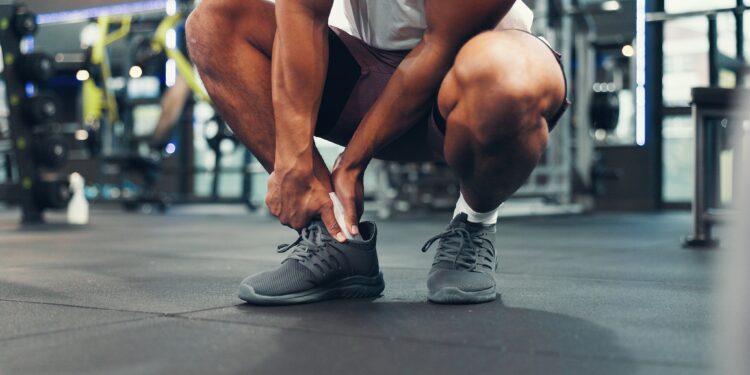Until you’ve had an injury, it’s easy to forget the important role your ankles play in your ability to move. Stiff ankles can throw off your entire body’s mechanics. Limited movement at your foundation affects every joint up the chain — especially your knees, hips and spine.
In the 20 years I’ve worked in professional sports, I’ve seen limited ankle range of motion lead to countless problems: poor balance, knee issues, hip tightness, back pain. In many cases, athletes come to me looking for ways to stretch out their chronic tension without realizing that the issue is rooted somewhere else.
Ankles are the unsung gatekeepers of healthy movement, and unlocking their mobility can relieve tension throughout your body.
Why ankle mobility matters for full-body movement
Your ankles are the foundation of nearly every move you make on your feet. Each time you walk, run, jump or squat, your ankles flex to allow your knees to move forward and your hips to shift back. When that motion — called dorsiflexion, the act of pulling your toes toward your shin — is limited, your body has to find a way to compensate.
Those compensations ripple upward. If your ankles can’t bend enough, your heels may lift during squats or lunges, your knees may collapse inward, or your toes may turn out when you walk or run. Over time, this changes how force travels through your joints and tissues, leading to pain and tightness in your knees, hips and lower back.
The hidden role of your calves
The calf muscles — primarily the gastrocnemius and soleus — are essential for ankle mobility. These muscles cross the back of the ankle joint and control how far your shin can move over your foot. When they are tight, they act like short tethers that block dorsiflexion.
But the problem isn’t just tightness. Weak calves can be just as limiting. Without strength and control in these muscles, you lose stability during balance and push-off, making your movements less efficient and more prone to compensation and injury.
When your calves lack both flexibility and strength, your ankles lose their ability to move smoothly through their full range — forcing other joints, such as the knees, to do work they are not meant to handle.












